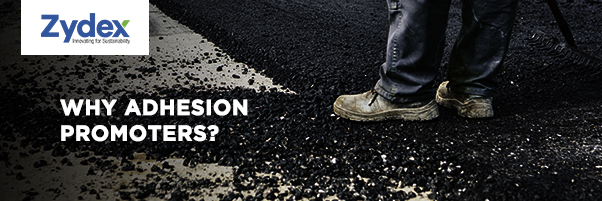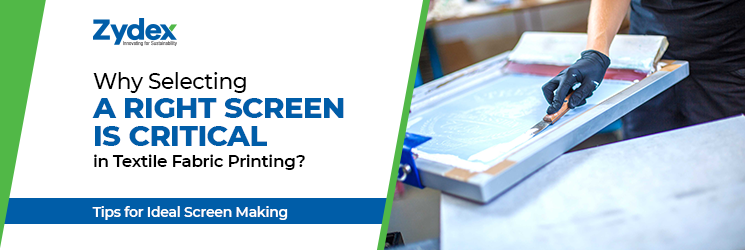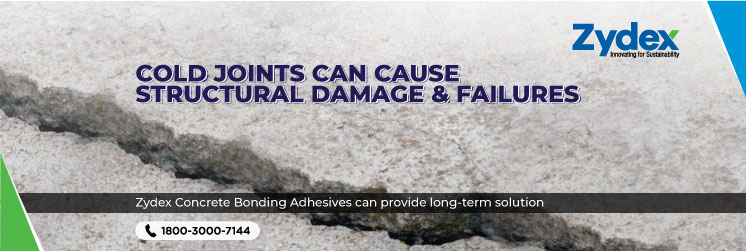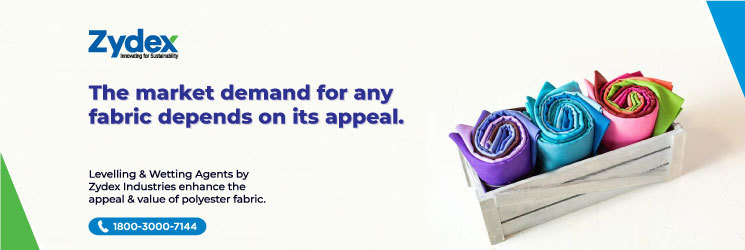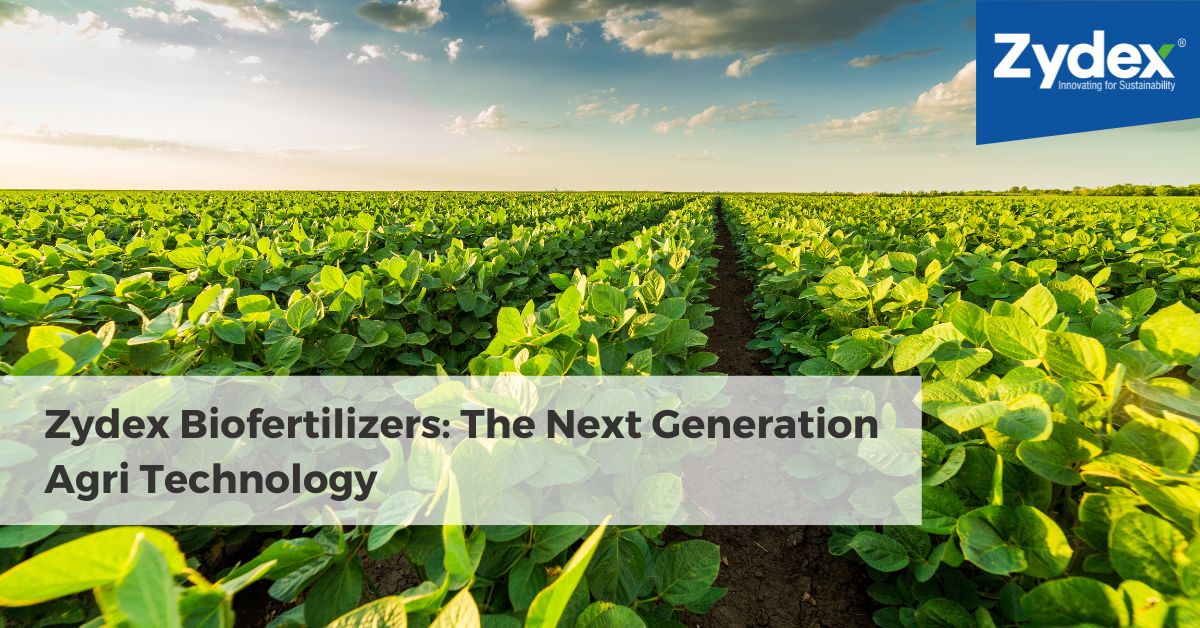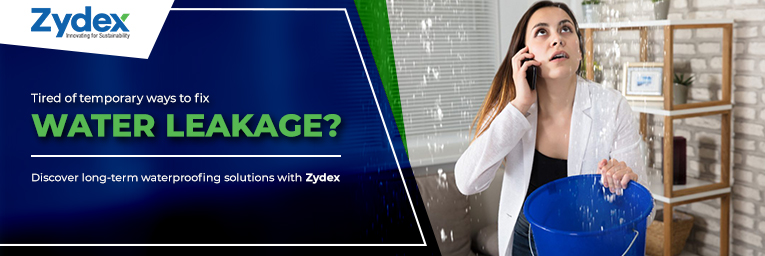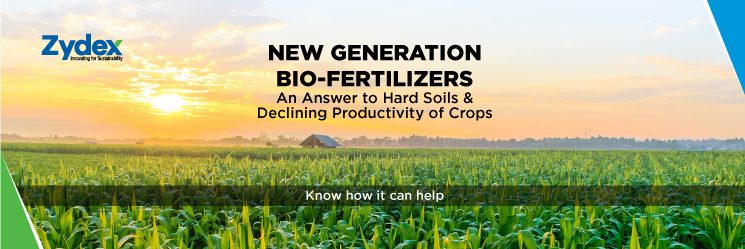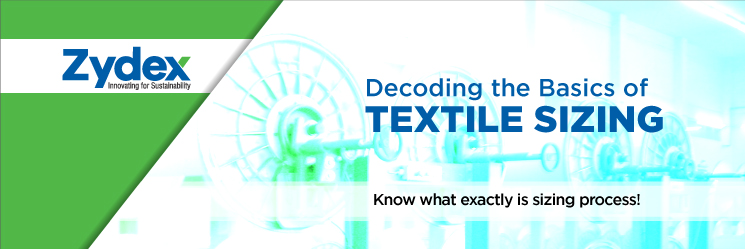PIGMENT PRINTING
Pigments are generally colored, organic or inorganic solid powder. They are insoluble coloring matter mostly mineral origin which are used for the coloration of metal wood, stone, and textile material. These pigments does not have any affinity with fibers. They are used with the binder system for printing. The binder ensures that pigment particles remain on fibre by forming a film on the fabric surface. Long macromocules of binder together with binder and thickener forms a 3-dimensional links on heat fixation. In the fixation process, the printed fabrics are treated with heat cure at 150 °C. This can be done in heat press or hot mangle, or in industrial process, in curing oven. The heat activates the binder to adhere the pigments onto the surface of the cloth. Unlike dye applications, fabrics printed with pigments do not require washing after fixations.
Advantages of pigment printing system
- Easily applicable
- Less expensive
- Highly efficient because of the elimination of washing-off and other finishing processes
- No pollution
WATER BASED INKS
Water based inks uses water as a solvent. The ink seeps into the fabric and binds with the fibres leaving good fastness. Water based inks are the most widely used printing chemicals for apparel printing due to the multifarious utilities they offer. Below are some of the benefits which make water based inks supersede other printing chemicals
- Eco-friendly: One of the biggest reason why water based inks are extensively used is that they are free from harmful chemicals such as phthalates and plasticisers and are PVC free inks
- Sharp and softer prints: Water based inks sit deep into the fabric rather than merely sitting on top like plastisols thereby giving softer touch, thinner and shaper prints
- More breathable prints : Water from the ink gets evaporated on drying after printing, making the printed area more breathable compared to plastisols which form a layer of solvent on the surface making it less breathable
REACTIVE PRINTING
Reactive printing has been the mainstay of printing fabrics due to depth, brilliancy, soft feel and good crock and washing fastness. However reactive dyes require alkaline fixation, consuming large quantities of water for washing. Due to lack of 100% fixation dye contaminated water is produced. The final color depth and tone cannot be ascertained until the fabric is fully processed. This can be termed as blind printing which results into rejection due to color matching issues.
ECO FRIENDLY PRINTING SOLUTIONS FOR REACTIVE REPLACEMENT
Zydex offer the Epricon package which is based on eco-friendly water based pigment systems with depth, solidity, soft feel and excellent crock and washing fastness just like reactive printing. There is no effluent stream generated unlike reactive dying. Zydex also enables printers to move towards eliminating discharge printing processes without compromising on print quality and feel. Our rotary grade water based inks are designed for highest opacity, hand feel and washing fastness mimicking discharge printing thereby eliminating water washing step.
ADVANTAGES
- Replacement of Reactive will eliminate pollution
- Water saving up to 60%
- Higher productivity due to removal of multiple pre and post printing processes
- Being a direct printing technique it will reduce rejections



